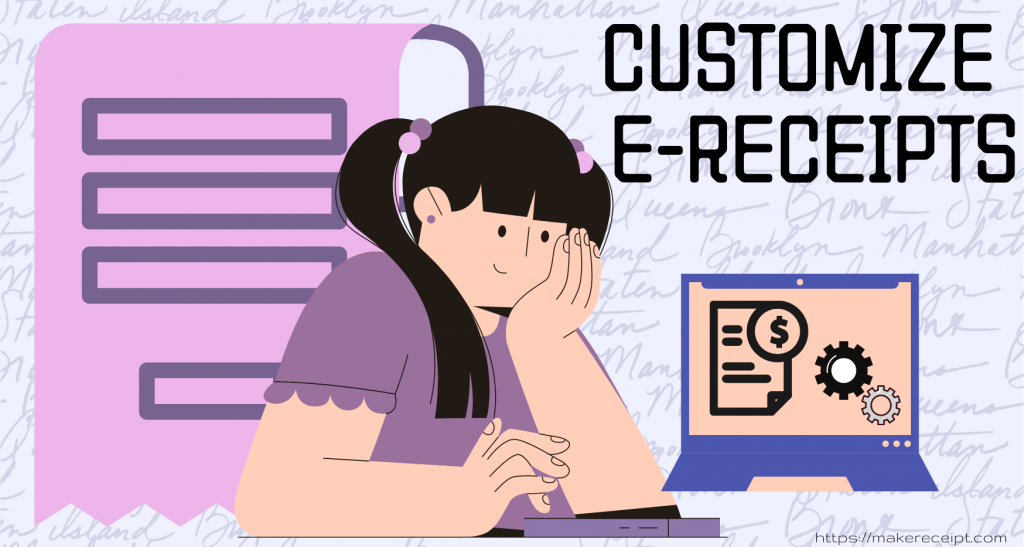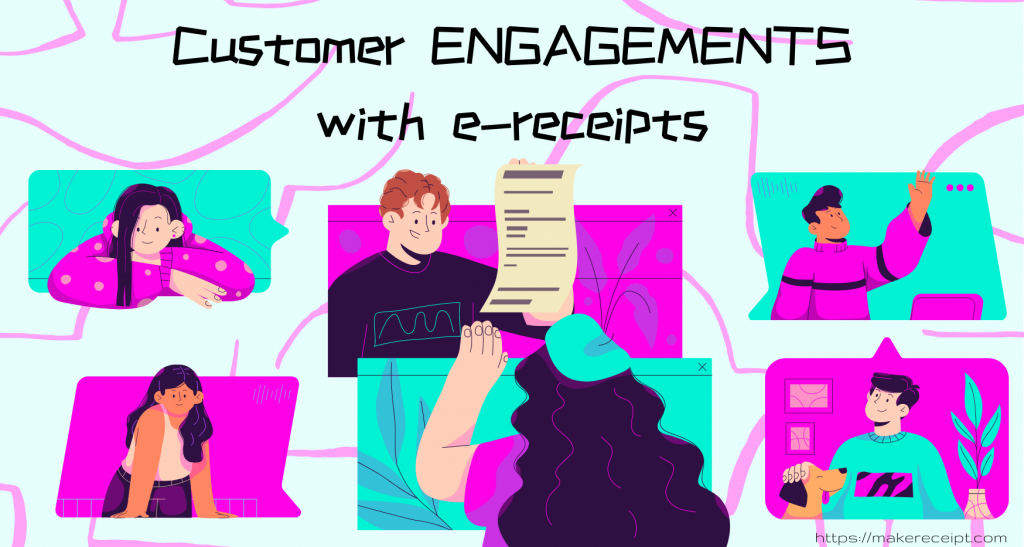A receipt is a document that is issued by the company or business to the customer as proof of a money transaction after payment has been made. Every transaction must be documented as this is crucial in general as long as the business is concerned. Whether you are a small business owner, SME, or entrepreneur. It is impossible to manage your finances in order, take care of your business’s taxes, or analyze your company’s performance without a record of purchases, refunds, exchanges, or canceled sales transactions. It is also critical that your customers must have a record of the transaction for their own financial activities and in the event that they have a problem with their order. A descriptive receipt can help your customers to verify their purchases and avoid disputed payments.

There are many receipt templates available, each with its format and features. However, some basic and common receipt sections must be included in a standard receipt.
- Business Logo
The company image is always on the top right, center, or left part of the receipt. This helps in the easy identification of a company or business or brand awareness.
- Company details
In most traditional receipts, this section is the second part. They can be indicated on the receipt’s side or in the center. They include the business name, business address, city, email address, and phone number.
- Transaction date, time, and receipt number
These are critical pieces of information on a receipt to conveniently trace a certain sales transaction such as during return/exchange items and for audit purposes. Each receipt is identified by a unique receipt number. The date and time are to accurately validate the day that the customer purchased.
- Customer’s details
It is yet another crucial part of a typical receipt. Same with company details however this goes with the details of the customer, it contains the customer’s name, home address, email address, and phone number.
- Item invoicing section
This is the most crucial section of any standard receipt form. It includes:
- Product description
- Product Quantity
- Unit Price
- Total Price of a specific product based on unit price
- Subtotal of all items purchased
- Discount, if any
- Subtotal less discount
- VAT charge, if any ( tax rate and the tax amount)
- Total amount to pay
- Signature
This is the second-to-last receipt in most standard receipts. It contains both the seller’s and the buyer’s signatures. This signifies that both parties have agreed to the transaction.
- Added information
This is the last part and it contains important details and conditions not mentioned in the receipt. For example, the payment method, certain products sold are not applicable for return/exchange such as frozen products or ice cream.

Electronic receipts sent through email provide significant advantages as it is more manageable for both store owners and customers. Using a receipt generator is becoming increasingly popular in many parts of the world and becoming a new normal way of organizing receipts digitally as people nowadays using smartphones. People are full of beans when it comes to technology upgrades and the possible opportunities that they could bring to businesses. SIGN-UP today and let’s get the job done.
